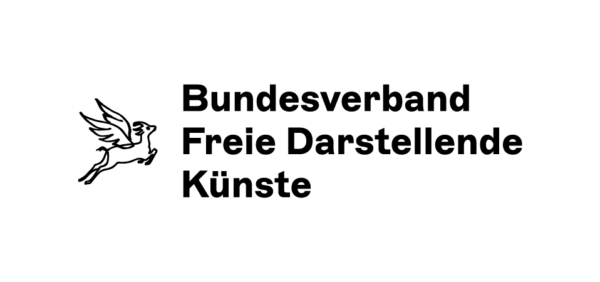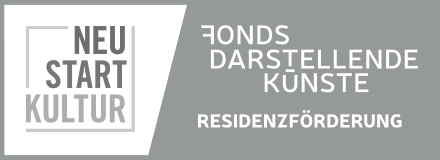
Week 3: 17th – 23th July
In Week 3 we continued to focus on Practising and Experimenting, with the Persistence to express and enjoy the research and the research ideas, thoughts, experiences and resources that are popping up within the group.
We began the week with focusing on diving deeper into the movement research through structured tasks and improvisation exercises and started by delving into creating a Practice for our group. We questioned: what is Practice for us? – it means tools for getting into and generating material, it means pulling through and from our background archive, skills and methodologies to create tasks. And lastly, it meant a dynamic of our group moving together. We set up a couple of tasks to go through body practices:
Real waiting practice, based on realism to explore layers of waiting in a void;
Gaze based practice, divided the group into two: waiting while being looked at and waiting while looking at someone; waiting and pretending the viewer’s eyes are cameras; waiting pulling on real memories of waiting, while the observer writes impressions;
Viewpoint practices, specific improvisation exercises from the Viewpoints Book with chairs set up in a row with specific rules of a number of standing/sitting people, a game of sorts to try to maintain a certain ‘rule’ while understanding the different roles you play within the group.
After the 3rd meeting with Luis Garay, we managed to develop layers for the body practice and to research movement and gestures, meaning, performing while:
In the sense of “How to approach this practice?”, we developed the following layers and strategies to research specific body states:



These approaches were researched in longer movement and gestural improvisation sessions of 15 – 20 mins each. Throughout the week, we managed to practice over and over these exercises, and delved into both the material, the gesture and the layers itself – finding out not only how to practice it, but what it meant in a practice. We constantly had the thought of modulations of abstraction/realism and the exercise of staying in doubt – to keep the research alive without focusing on the end result.

We were able to review together the references: both the ones sent to us by Luis Garay (Bartebly, I rather not.; Waiting for Godot. Hamlet; Miram Cahn (paintings); The cave of forgotten dreams (Herzog), as well as personal references we carry with ourselves, or an archive of how to approach waiting as our thematic. We continue to add to our resource and archive list.
The practice on the Stage space led us to develop ‘wishes for scenes’ and practice them as a group. We managed to, by the end of the week, decide on specific scenes we will further perform for our last meeting with our Mentor and on which we wish to refine.
We had a meeting with Sigi Ulm, the person responsible for technical equipment on TNT. We decided on a Stage Design we will have, to then delve into plotting lights for the stage. The stage design we are researching consists of two chiffon long fabrics, semi transparent, hanging from the ceiling. Both of them are made round, as half of circles. It is based on the cover (by Thiago Lacaz) of the book of Leda Maria Martins Performaces do tempo espiralar (performances of spiral time, Canvas-Body Poetics), by Leda Maria Martins and resembles this scheme:

We built a basic lighting scheme based on this design. Both decisions were a way setting limitations and reducing possibilities of research and to be able to have a focus point in the last week of the residency.


Sound was also incorporated slowly into the week. It was, in opposition to stage decisions, a multiplying medium. Through it, we were able to explore the link between abstraction and realism, and open a series of new layers for research that will walk hand in hand with the practice of movement. Breaths, mumbles, sing-mumbling, tongue clashing, clasping, broken words and whispers, hushes and laughs, to singing and talking led us to decide to explore a scene of only performing and sound next week.
We also decided to record our conversations at the end of the day, when we would reflect the practices and share wishes for scenes to be tried out, as well as our challenges and what gave us joy on the day.
We recorded the sounds made by painting/drawing the bodies – a sound we will explore as background for the makingOFF at the end of the residency. The references sent by the mentor specifically for the painting practice were and are (through-out the weekend) being explored by Reyna. The book of G. Deleuze on Francis Bacon, the logic of sensation, is being read and experimented with.
Multiple exercises were filmed and extra ones were staged for recording. On Friday we had a longer video recording session directed by Ghazal. This material will be edited throughout the weekend to develop the film aspect of our research and reflect our research practices.


flausen+headquarters
Alexanderstraße 124
26121 Oldenburg
flausen+gGmbH
Klävemannstraße 16
26122 Oldenburg
Das überregionale Netzwerk flausen+ wird gefördert von der Beauftragten der Bundesregierung für Kultur und Medien über das Programm “Verbindungen fördern” des Bundesverbands Freie Darstellende Künste e.V.
Gefördert vom Fonds Darstellende Künste aus Mitteln der Beauftragten der Bundesregierung für Kultur und Medien im Rahmen von NEUSTART KULTUR.
Gefördert vom Fonds Darstellende Künste aus Mitteln der Beauftragten der Bundesregierung für Kultur und Medien.



